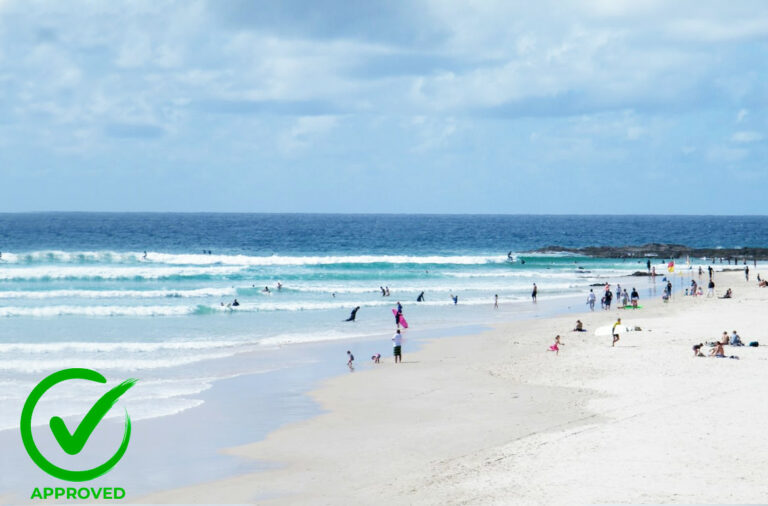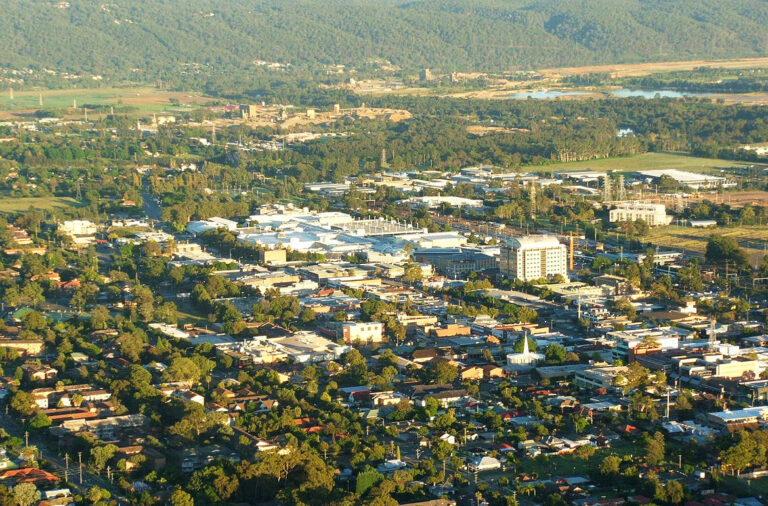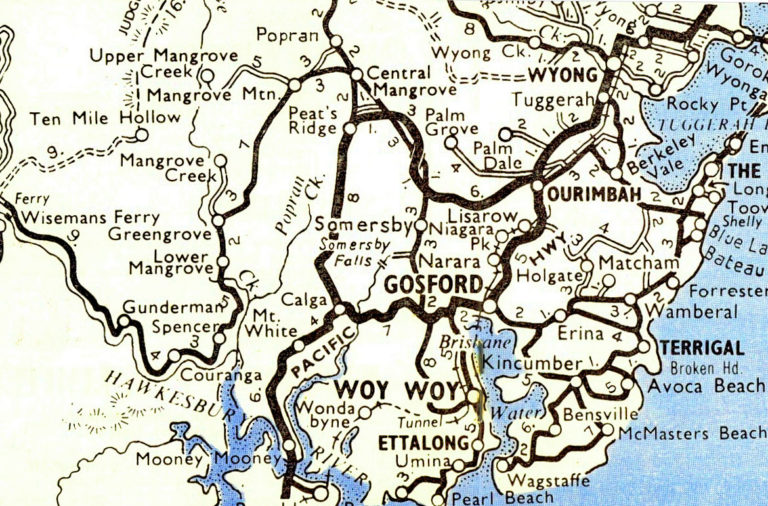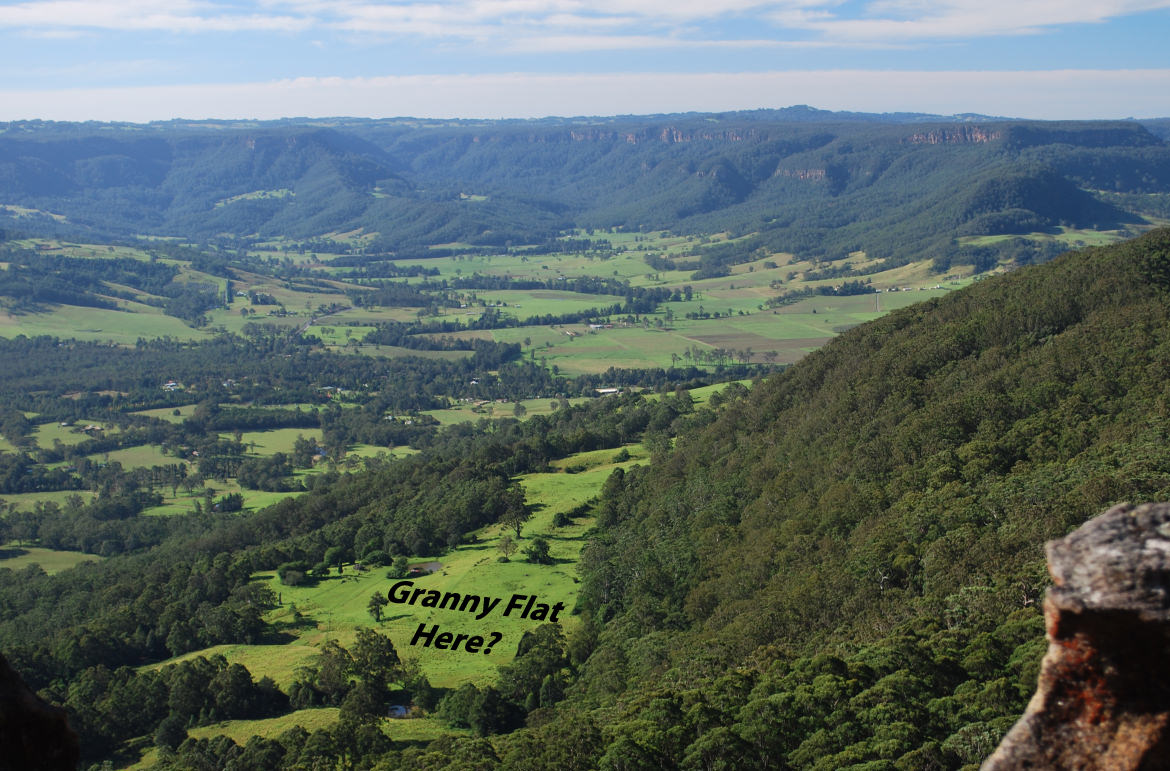
If your property is located in what is known as the Southern Highlands, NSW, and you are thinking about building a secondary dwelling – here is a summary from the Southern highlands Council:
- An extra car parking spot may be necessary – this will be dependent on exactly where you are located within the Souther Highlands, and the Development Control Plan for that area.
- You will have to pay a Development Contribution to Council. The exact cost which will be dependent on the overall cost of your granny flat, and be determined by your certifier.
- Wingecarribee Shire Council abides by the regulations in the State Environmental Planning Policy (SEPP), so land size restrictions are a minimum of 450sqm, and most granny flats a maximum of 60sqm. These can be approved through either a CDC or a DA.
- Design regulations for granny flats can be seen in your (DCP) Development Control Plan for your suburb.
Today I will cover all of this in detail. I will also discuss who your target demographic is, so that if you are looking to rent out your granny flat you can get the best rent that you can.
Where are the Southern Highlands?
DON'T PAY A FORTUNE FOR YOUR GRANNY FLAT. Find out how to deal with council and build a granny flat for the lowest cost possible. Learn More.
The Southern Highlands, or what the locals just call the Highlands, is a geographical area and region of New South Wales, Australia, under the Council known as the Wingecarribee Shire.
All of the suburbs below, which are mostly residential areas, make up the Southern Highlands:
- Mittagong.
- Bowral.
- Moss Vale.
- Bundanoon.
- Robertson.
- Berrima.
- Burrado.
- Sutton Forest.
- Colo Vale.
- Avoca.
- Yerrinbool.
- Exeter, and
- Welby.
The entire region is also regarded as a wine region and draws tourists for the spectacular scenery.
Do You Need Off-Street Parking at a Granny Flat in the Southern Highlands?
This will depend on exactly whereabouts in the Southern Highlands you are based.
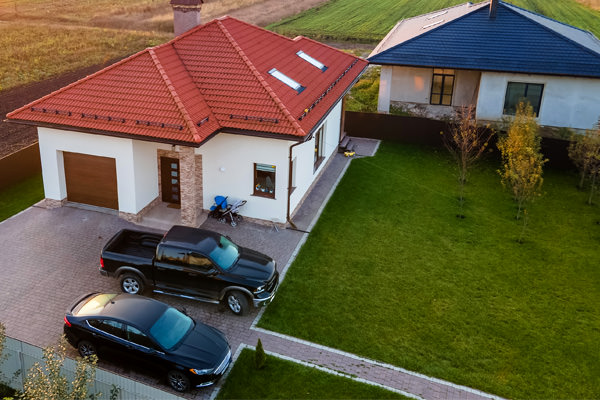
It may not be necessary, however off-street parking is always favoured
So, I suggest that you look up the appropriate Development Control Plan for your suburb online here, and see what they say about on-site parking.
Alernatively, you could contact the Wingecarribee Shire Council and get an answer from them.
Please note though that we see on-site parking as a valuable thing for your tenants, if you are looking on renting out your granny flat. Why, you ask? Well, it is something that others may not have thought of including with their granny flat, so could out you in the lead, way in front of them.
I will discuss parking further under the heading below “What is the Demographic of the Southern Highlands, and Who Would be Your Ideal Tenant”.
Do You Have to Pay a Contribution to Council for the Development?
Quick answer – potentially, yes, but this will depend on the cost of your development.
This payment allows levies to be paid to the Council when a new dwelling is approved to be built, which will then go towards funding new public facilities.
The Wingecarribee Shire Council’s Section 94A Contribution Plan – Section 94A, discusses this in detail under Clause 4.7: Construction certificates and the obligation of accredited certifiers.
Basically, their plan requires your accredited certifier to impose a condition when they issue your Complying Development Certificate (CDC), that requires the payment of Council contributions.
Typically, levies for a granny flat over 60sqm are:
- Where the proposed cost of carrying out the development is up to and including $100,000 = NIL.
- Where the proposed cost of carrying out the development is more than $100,000 and up to and including $200,000 = 0.5% of the cost of the development.
- Where the proposed cost of carrying out the development is more than $200,000 = 1% of the cost of the development.
This is provided that Council does not also impose a consent on condition 94 of the act. The levy will then be calculated as:
- %C x $C
%C = The Levy Percentage
$C = The Proposed Cost of carrying out the development as estimated or determined.
It would be wise to check with council and confirm (for your particular address) if a levy will be added.
When is the levy payable? This must be paid at the time determined by Council, except if deferred, a periodic payment is agreed upon, levy settled “in-kind” (such as a formal written agreement), or voluntary planning payment agreements entered into (for example exchange of land, work or other materials instead of money).
This can be difficult to understand I know, so it can be worth chatting to the Council or your certifier about this.
But please know you will not receive your Construction Certificate (CC) until all levies have been paid in full.
Land Size Restrictions for a Granny Flat
The Wingecarribee Shire Council will approve you to build your granny flat by either Complying Development (CDC) or a Development Application (DA).
If you need to submit a complete DA (instead of a CDC) the DA must be lodged through the NSW Planning Portal, but the Shire’s website has some useful information about what you need to do first.
To lodge a DA you will also need to meet all the regulations contained within the:
- State Environmental Planning Policy (SEPP).
- Wingecarribee Local Environmental Plan (LEP), and
- Development Control Plan for your area.
Land Sizes
The SEPP states the smallest size a lot can be when building a granny flat in a Residential Zone is 450sqm, with a 12m block width (street frontage side)
Dwelling Sizes
The Development Control Plan states that the total floor area of the secondary dwelling (excluding any area used for parking) shall not exceed sixty 60sqm, or 33% of the floor area of principal dwelling,
whichever is the greater.

It is important to confirm floor space ratio’s with your planner
However, there are many suburbs in the Southern Highlands, so if you do wish to build something bigger, there is no harm in giving the Council a call to see what they say – the worst they can say is no.
Are You Able to Crane in a Modular Granny Flat?
If you choose to have a prefabricated granny flat at your property, such as a modular home, you well, have to get it there first. So, there are certain preparations that you must make so that it can be relocated to your site.
One very important one of these preparations is organising and hiring a crane to be on site – this is necessary, as it unloads the granny flat from the transport vehicle.
So, are you able to hire a crane in the Southern Highlands, and if so, how much should you budget for this?
Yes – there are crane operators who are located around the Southern Highlands. What they will charge does vary though. This depends greatly on how hard or easy it is to access your home – such as if there is a cracked footpath in the way of where the crane needs to unload the granny flat.
This will make a difference on whether you need a small or large crane. Because of this, I suggest that you get a minimum of at least 3 quotes. This should be simple – every company should come and assess your site, giving you the quote for free.
For a small crane, you can expect to be charged about $220 an hour. But for a larger crane expect to pay roughly $400 or more per hour. If you start calculating these figures these can add up to over $1000 just for hiring a crane – another reason I suggest that you get yourself a few quotes.
Some companies to contact for a quote include:
- Hayes Cranes, Mittagong & Welby – 0417 69 257
- Kraneworx Truck and Crane Hire, Moss Vale – (02) 4869 7100
- Heartwood Cranes, Mittagong – 0429 112 999
- Robinson’s Lift & Shift – (02) 4878 5000
Does Your Granny Flat Need to Match a Certain Design for the Suburb?
NOTE: Please do not take this information as precise for your exact suburb, please look at the Development Control Plan or contact the Wingecarribee Shire Council for more information on your region.
I will only note here that every suburb will have a different ‘design’ in the Southern Highlands.
There will be controls, with objectives such as:
- Ensuring that the external appearance of dwelling housing provides a high standard of urban design and residential amenity.
- The bulk, scale, height, dwelling type, and construction material of the development shall be such that it is compatible with, and does not affect the amenity of, existing or future residential development in the vicinity.
- Dwellings should not be identical in design and façade treatment, but should be compatible with each other.
- All buildings being made out of a certain material, such as brick, brick veneer or masonry construction, allowing that a proportion of the external cladding may be of special feature material.
Again, please research further what’s relevant for YOUR exact suburb.
If you need some advice outside of the Council, you can contact granny flat builders or town planners who have great insight into the Southern Highlands, such as these couple below:
- Forrest Small Homes – 0402 915 577.
- Lee Environmental Planning – 0408 473 857.
What is the Demographic of the Southern Highlands, and Who Would be Your Ideal Tenant?
The Wingecarribee Shire is located 7.5km from south-western Sydney, and covers a fringe of 2700sqm.
This 2016 Census showed that 47, 869 people lived in the Southern Highlands. The median age was 47, and over 50% were married.
Earlier Census data shows that the Shire’s urban growth was based around the suburbs of Mittagong, Bowral and Moss Vale (these making up 61% of the population). Then there were 16,218 households, 11,561 families, and separate housing that accounted for 90% of occupied private dwellings.
However, the Sydney-Canberra Corridor Regional Strategy predicted that the Wingecarribee Shire is likely to grow by roughly 16,400 people between 2006 and 2031. This will see the need for roughly 9000 new jobs and 8700 new dwellings.
So, as part of this population growth, a demand was noted for housing, which was to be accommodated through redevelopment opportunities. Areas of high demand were noted as being Bowral, Greenfield, Mittagong and Moss Vale.
Smaller households, to meet the need for the residents aged 47 or above, perhaps married, and possibly with children, are ideal, as these small families are still working full or part time in these areas.
So, if you have the room on your land, just a 2-bedroom granny flat would be able to offer great rent in return. That’s a room for parents, a room for a baby. You could think about increasing this to a 3-bedroom granny flat to get a higher rental return.
For this demographic, it’s not necessary to furnish the dwelling, as most people in this age group will have their own furniture. So, you can save a lot of money here.
However, I do encourage you to include a double garage or carport if possible, as most will have more than one car.
Also, be sure to include separate gas, electricity, and water flow meters. This allows you to control all of the costs better, so you can offer split billing.
These things will attract tenants, which in turn will attract a good rental income for you.
Conclusion
As per the SEPP, in the Southern Highlands you can be approved for a granny flat through Complying Development (CDC). But if your proposal doesn’t meet those for CDC, you can submit a Development Application, that is compliant with the SEPP, Wingecarribee Local Environmental Plan (LEP), and the Development Control Plan for your area.
As with most granny flats in NSW, your minimum property size is 450sq, and you are restricted to a 60sqm floor space ratio.
Your design must meet all elements of the Development Control Plan, for your exact suburb, so that your building compliments your surrounding neighbourhood itself, and not just the Southern Highlands in general.
You will have to pay the Council a contribution for your granny flat – this will depend on the cost of it. Your certifier will decide this exact cost, and you can come with an agreement with the Council on how to pay it. Just know it must be paid before you can receive your Construction Certificate.
You can also check with the Wingecarribee Shire Council. They are located halfway between Sydney and Canberra and you can find their address on their website. Or you can contact them by:
- Phone : (02) 4868 0888
- Email: mail@wsc.nsw.gov.au



